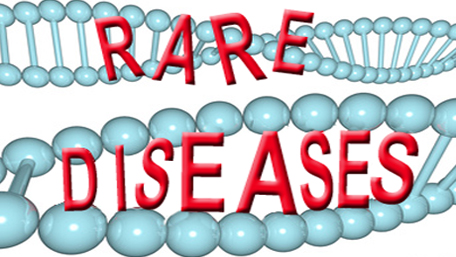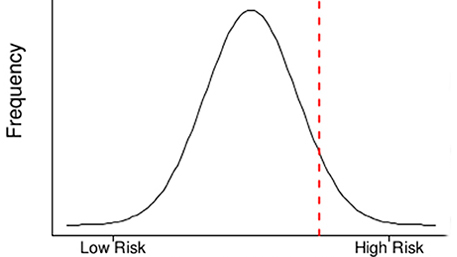
03/01/2024
Hot Topics of the Day are picked by experts to capture the latest information and publications on public health genomics and precision health for various diseases and health topics. Sources include published scientific literature, reviews, blogs and popular press articles.
Sign up MyPHGKB to receive the daily hot topic email alert.
Archived Hot Topics of the Day By Date
Educational Mobility, Pace of Aging, and Lifespan Among Participants in the Framingham Heart Study
GH Graaf et al, JAMA Network Open, March 1, 2024
Integrating artificial intelligence into healthcare systems: more than just the algorithm
JC Kwong et al, NPJ Digital Medicine, March 1, 2024
Exome and genome sequencing in a heterogeneous population of patients with rare disease: Identifying predictors of a diagnosis
J Pucel et al, Genetics in Medicine, March 1, 2024
Researchers optimize genetic tests for diverse populations to tackle health disparities
NIH, February 2024

Disclaimer: Articles listed in Hot Topics of the Day are selected by Public Health Genomics Branch to provide current awareness of the scientific literature and news. Inclusion in the update does not necessarily represent the views of the Centers for Disease Control and Prevention nor does it imply endorsement of the article's methods or findings. CDC and DHHS assume no responsibility for the factual accuracy of the items presented. The selection, omission, or content of items does not imply any endorsement or other position taken by CDC or DHHS. Opinion, findings and conclusions expressed by the original authors of items included in the Clips, or persons quoted therein, are strictly their own and are in no way meant to represent the opinion or views of CDC or DHHS. References to publications, news sources, and non-CDC Websites are provided solely for informational purposes and do not imply endorsement by CDC or DHHS.
- Page last reviewed:Feb 1, 2024
- Page last updated:May 01, 2024
- Content source:





